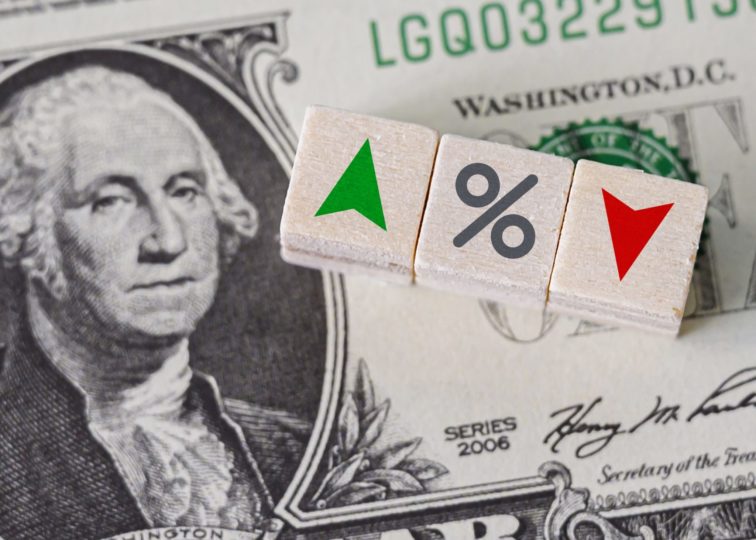
Blog
Will the Fed Need to Raise Rates Again?
May 4, 2023
The Federal Reserve raised rates once again this week, bringing the benchmark interest rate to its highest level in 16 years, and Fed officials have signaled that they might be done increasing them for the time being.
The recent spate of rate hikes was intended to slow economic activity in an effort to bring down rampant inflation. The Wall Street Journal has provided an overview of the four key factors that the Fed will be looking at to determine if further rate increases are needed.
The most important is likely the inflation rate. While inflation has fallen significantly from its recent peak, Fed officials have said they want to see sustained evidence that inflation is moving toward their 2% goal. The Fed’s preferred inflation gauge is the personal consumption expenditures (PCE) index. The PCE fell to 4.2% in March, down from a 40-year high of 7% last June. While progress has been made, “core” inflation, which excludes volatile categories like food and energy, rose 4.6% in March from a year earlier. Economists see core inflation as more indicative of future price increases, so its slower retreat is likely a cause for concern for Fed officials.
Another key factor for the Fed is wage growth. Wage gains have eased from recent peaks, but remain elevated by historic standards. On an annual basis, average hourly earnings increased 4.4% in April, according to the Labor Department. Fed Chairman Jerome Powell noted that 3% annual wage growth “is closer to where they need to be” for inflation to fall to the Fed’s 2% target.
One of the main drivers of recent wage growth has been robust labor demand. Despite the Fed’s efforts to cool the labor market, which remains hot. Job creation beat expectations in April and the unemployment rate ticked down to 3.4%, the lowest level in more than 50 years. Job openings are down from recent peaks, but still far exceed the number of unemployed workers seeking employment. Powell himself noted that the labor market remains “very, very strong,” which is likely to drive inflationary pressure.
Many of these metrics suggest further rate hikes may be needed, but the biggest unknown facing the Fed is bank lending. The banking industry has been in turmoil since the collapse of three banks in March sparked concerns about the health of other mid-sized regional banks. These banks account for a great deal of business and consumer lending, and a slowdown there would greatly reduce economic activity. Powell noted that “a particular focus for us” is to what degree small and medium banks are reducing credit and tightening lending standards. A credit crunch could drive down inflation and make further rate increases less necessary, but also has the potential to do deep economic damage.
